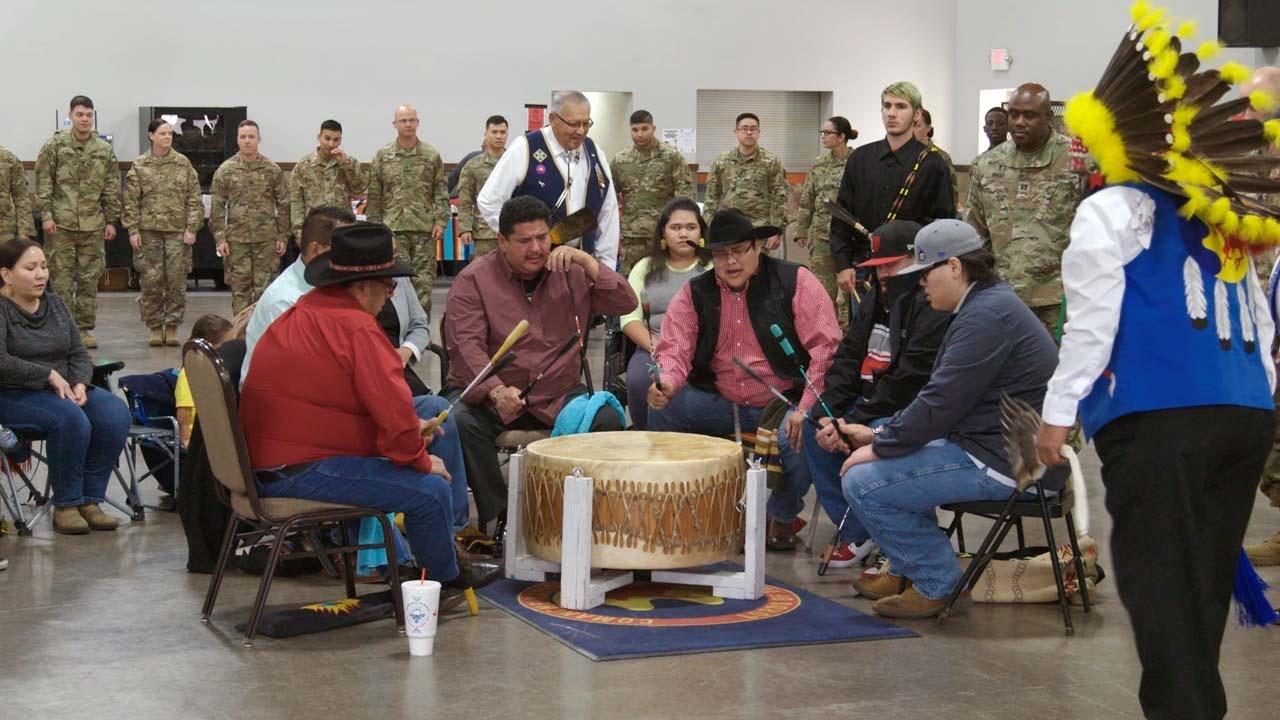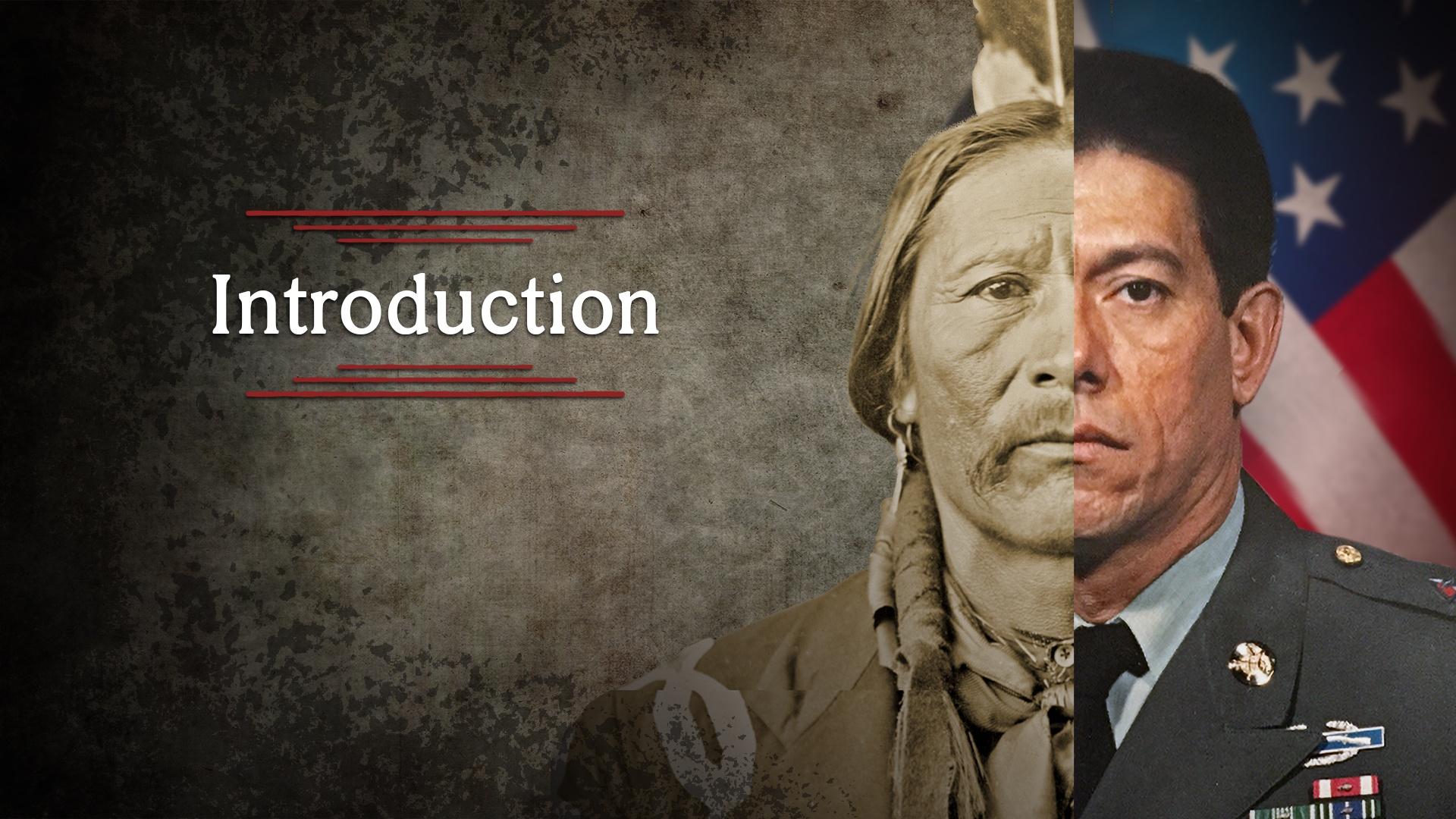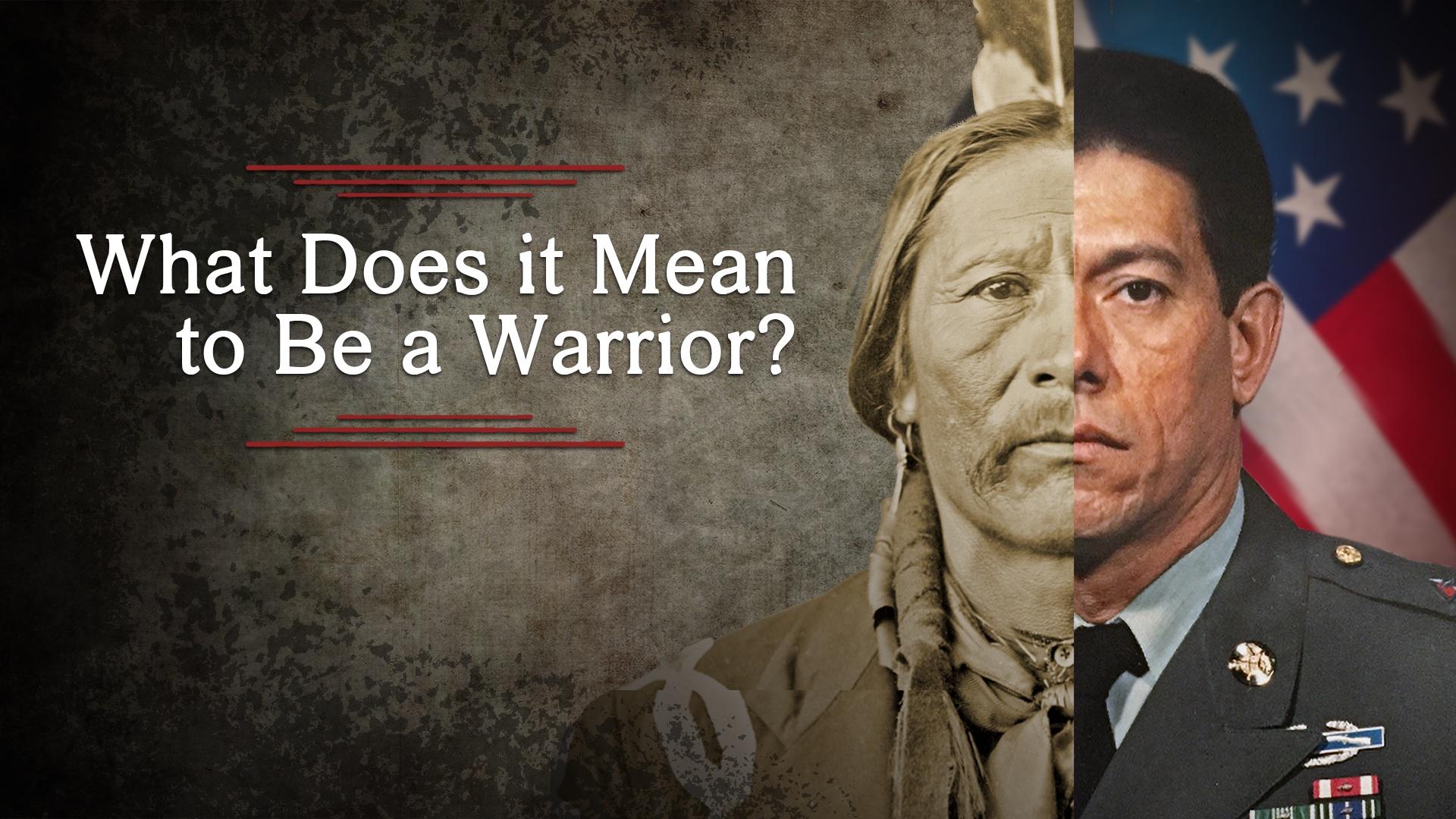
Why War?
Elementary
2 Class Periods
Students explore what “culture” means, examining in particular, characteristics from Native American culture and how Native American culture shapes their viewpoint about serving in United States’ wars.
Program Segments
- Introduction (approximately 3 minutes)
- What Does it Mean to Be a Warrior? (approximately 3 ½ minutes)
- Comanche Indians Veterans Association Celebration and Powwow (approximately 6 minutes)

The Warrior Tradition
Introduction
3:00
Published:
Native Americans, and their commitment to serving the U.S. Military.
Why War?
1 / 3
Videos

The Warrior Tradition
Introduction

The Warrior Tradition
What Does it Mean to Be a Warrior?

The Warrior Tradition
Comanche Indian Veterans Association Celebration
Objectives
Students will be able to:- Explain what culture is.
- Describe specific characteristics from Native American culture.
- Examine how Native American culture shapes their viewpoint about serving in the United States’ wars.
Instructional Resources
- The Warrior Tradition
- Culture Graphic Organizer
- Stop and Jot Notes Worksheet
- Exit Ticket Worksheet
Procedures
2 CLASS PERIODS (break up where necessary)- The teacher will begin class by asking students, “What does culture mean?”
- On a SmartBoard, whiteboard, chalkboard or poster paper, the teacher will record student responses to define culture.
- The teacher will distribute the Culture Graphic Organizer and should prompt students to fill in the bubbles with the different things that make up culture according to the following definition: Culture is the way a group of people act and what they believe. Many things make up culture. These things include food, language, clothing, tools, music, arts, customs, values and religion.
- The teacher will provide any necessary information to fill in gaps for students’ understanding of the Native culture, including that even the classroom has a culture and different families and different communities have their own culture.
- It may help for students to provide personal examples for each of the bubbles. The following are examples to help frame some of the terms associated with culture:
- Tools- For example, what tools did they use to prepare for war? (drums, powwow songs, dances)
- Customs- For example, do they shake hands or bow when meeting someone new?
- Values- For example, who gets to eat first? How do we protect our land and waters?
- Language- For example, what languages do they speak?
- Before viewing The Warrior Tradition segments, the teacher will distribute and explain the Stop and Jot Notes Worksheet:
- You will use this for further developing a definition for the word culture.
- We will watch a video segment from The Warrior Tradition.
- You will jot down your ideas about the Native American culture that you gather from the video.
- Keep in mind the exit ticket questions:
- What did you notice about Native American culture?
- Based on the video, your notes, and class discussion, why do you think Native American chose to fight in the United States wars?
- Could some of these reasons given by Native Americans be similar to other Americans? Why of why not?
- In pairs, you will exchange your ideas with your partner.
- Then the pairs will share their ideas with the class.
- The teacher will play the first video segment, then pause after each of three video segments to allow students to complete the Stop and Jot Worksheet.
- At the first pause, the teacher will demonstrate with a think aloud, how to jot notes.
- At the second pause, the teacher and students will jot down notes together.
- The students will jot their own notes for the final pause alone.
- The students will share their notes with their partners.
- Then pairs of students will share out to the class and the teacher will add specific characteristics of Native American culture from student observations and notes.
- Students will complete the Exit Ticket Worksheet to apply what they learned from The Warrior Tradition about Native Americans’ culture and their choice to fight in U.S. wars.
Assessment Tasks
- Students should participate in the class discussion on culture.
- Students will turn in a completed Culture Graphic Organizer.
- Students will turn in a completed Stop and Jot Notes Worksheet.
- Students will turn in a completed Exit Ticket Worksheet.
Extension Activities (optional)
- Students could write a paragraph on the similarities and difference between their own culture and that of a Native American Tribe.
National Curriculum Standards for Social Studies – Thematic Strands
- Culture
- Time, Continuity & Change
- People, Places & Environment
